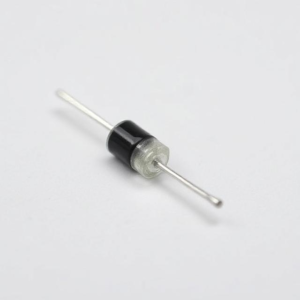What is a Battery?
A battery is a device that stores chemical energy and converts it into electrical energy when needed. You can think of it as a container that holds energy and releases it when you need it to power something, like your phone, remote control, or even a car.

How Does a Battery Work?
A battery works through a chemical reaction inside it. Here’s the basic process:
- Two Electrode Materials: A battery has two electrodes—one is called the anode (negative side), and the other is called the cathode (positive side). These are usually made from different materials to allow a chemical reaction to happen.
- Electrolyte: Inside the battery, there’s a special substance called an electrolyte. It can be a liquid or a solid, and it helps ions (tiny charged particles) move between the anode and cathode during the chemical reaction.
- Chemical Reaction: When the battery is in use, the chemicals inside the anode and cathode undergo a reaction. This reaction releases electrons (tiny particles of electricity). These electrons flow out of the battery from the anode (negative side), travel through the device you’re powering (like your phone), and return to the cathode (positive side).
- Flow of Energy: The movement of electrons through your device creates electricity, which powers whatever device the battery is connected to. The flow of electrons is what we use as electrical energy.
Key Components of a Battery
- Anode (Negative Electrode): The part of the battery that gives up electrons during the chemical reaction. It is where the current leaves the battery.
- Cathode (Positive Electrode): The part that receives the electrons during the chemical reaction. It’s where the current enters the battery.
- Electrolyte: The substance inside the battery that helps ions (charged particles) move between the anode and cathode. The electrolyte ensures the chemical reaction happens smoothly.
- Separator: A material that prevents the anode and cathode from touching each other directly while still allowing the ions to flow between them.
Types of Batteries
There are many types of batteries, but they all work based on the same basic principles. The main difference between them is the materials used for the electrodes and electrolytes, which give them different characteristics like size, capacity, and lifespan.
- Alkaline Batteries: These are the most common type, used in devices like remote controls and toys. They have a zinc anode and a manganese dioxide cathode. They are inexpensive and easy to use but can’t be recharged.
- Lithium-ion Batteries: These are used in most modern devices, like smartphones, laptops, and electric vehicles. They are rechargeable and have a lithium-based anode and a cobalt oxide cathode. They are more energy-dense (can store more energy for their size) and last longer.
- Nickel-Cadmium (NiCd) Batteries: These used to be common in devices like power tools. They have a nickel oxide hydroxide cathode and a cadmium anode. They can be recharged but tend to lose capacity over time.
- Lead-Acid Batteries: These are the large batteries you often see in cars. They use lead dioxide for the cathode and spongy lead for the anode. They are heavy but cheap and reliable.
Battery Life and Capacity
Battery life is how long the battery can power a device before it needs to be recharged or replaced. It depends on:
- Capacity (measured in mAh or Ah): This is the amount of energy the battery can store. A higher number means the battery can last longer before needing to be recharged.
- Power Consumption of the Device: If your device uses more power, the battery will drain faster.
Charging a Battery
When you charge a battery, you are reversing the chemical reaction that happened when it was discharging. A charger forces electrons back into the battery in the opposite direction, making the anode gain electrons again, while the cathode loses them. This restores the chemical balance so that the battery is ready to be used again.
Battery Safety
Batteries can be dangerous if not used or disposed of correctly. Some things to remember:
- Overcharging a battery can cause it to get very hot, leading to damage or even explosions.
- Short-circuiting happens when the positive and negative terminals of a battery touch directly, causing a large current to flow and possibly overheating.
- Battery disposal: Batteries contain chemicals that can harm the environment, so they need to be recycled properly rather than thrown away in the trash.
Summary
- A battery stores chemical energy and turns it into electrical energy when used.
- It has two electrodes (anode and cathode) and an electrolyte that helps the flow of ions between them.
- When the battery is used, a chemical reaction releases electrons that flow through a device to power it.
- There are many types of batteries, with different materials and uses.
- Battery life depends on its capacity and how much energy the device uses.











